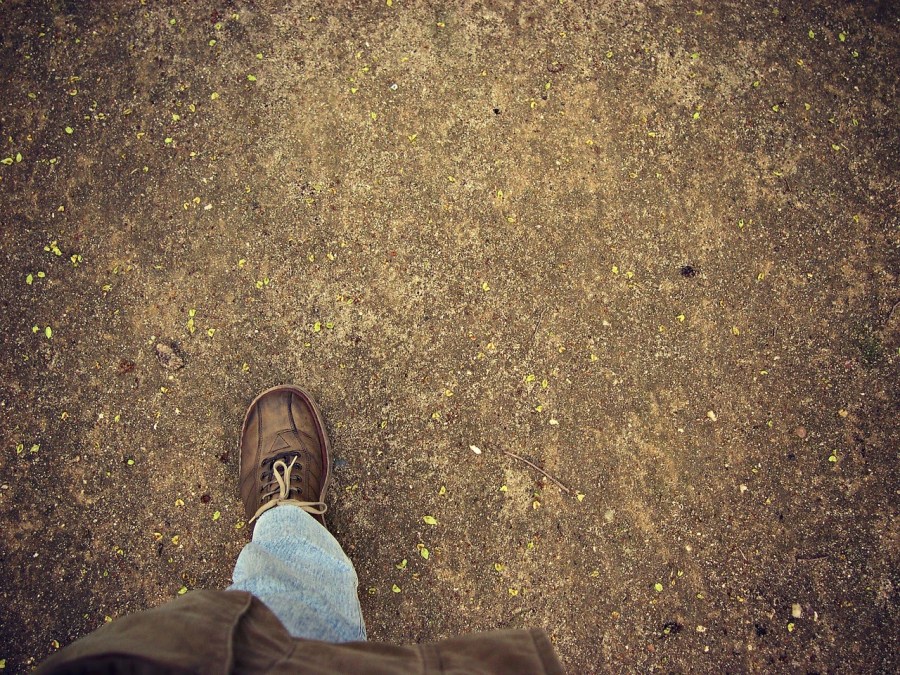What Are Some Examples of Static Friction?

Static friction is the type of friction that prevents an item from moving on its own without some other force acting on it. It’s one of the strongest types of friction, and it’s at work all over the world around you. You can find plenty of examples of static friction in everyday life. Besides static friction, there are other types of friction too.
Standing Still
Your own body can be a prime example of static friction. Do you wonder why you don’t keep moving when you’ve stopped walking? When you stop walking and stand still, you’re an example of static friction in action. The same principle is in action when you’re sitting on a surface or your body is stopped in any way.
Static friction is acting between your feet and the ground or floor, and that’s what keeps you from sliding backward or moving outside of your own control when you stop walking. It takes action on your part to start moving again, so static friction holds you in place.
Furniture on the Floor
Your furniture is heavy, so as it sits on the floor, you can’t move it around with the lightest touch. The reason your furniture stays in place on the floor without sliding around for no reason is static friction.
You can’t move a piece of furniture without putting force of your own into action. Static friction is the force that keeps your furniture from simply sliding along on the floor. Otherwise, anything on the floor in your house would move around at the slightest touch or bump.
A Stopped Car on a Flat Surface
When you’re driving and you stop your car, you have to apply friction to get the vehicle to stop. But if you’re on a flat surface and you’re able to take your foot off the brake and the car doesn’t move, you’re witnessing static friction at work.
On a flat road or driveway, static friction is what keeps your car from moving. The static friction between your tires and the ground holds the car in place and keeps it from rolling. If you take your foot off the brake or take your car out of park and it rolls, a different form of friction goes into effect.
An Experiment in Static Friction That You Can Try
Here’s an experiment that you can try to test the principle of static friction. Grab a book off your bookshelf, and take it over to a wall in your room. If you try to rest it against the wall without putting weight on it, it will slide to the floor. You have to apply your own force to the wall for it to stay.
The force you apply to the book puts the principle of static friction to work and allows the book to stay where it is. It’s a similar example to a child climbing up a door frame. He or she has to apply the force of his or her weight to the door frame to enact static friction and prevent sliding down to the floor.
Other Types of Friction
There are three other types of friction that act on objects in different ways. Sliding friction is the type of friction that takes place when an item is sliding over a surface. An obvious example is when you’re sliding on a playground slide. Another example of sliding friction at work is writing with a pen or pencil. Sliding friction allows the ink or lead to apply to the paper you’re writing on.
Rolling friction is just what its name suggests: the friction that takes place when an item is rolling along a surface. To go back to the example of a stopped car, if you take your foot off the brake and the car moves, rolling friction is at work. It’s why most types of ground transportation use wheels.
Fluid friction takes place when an item moves through a fluid. That fluid doesn’t have to be liquid because gases act with fluid friction too. Examples of this type of friction include a paratrooper slowing down when the parachute opens and swimmers feeling resistance as they move their hands through the water.





